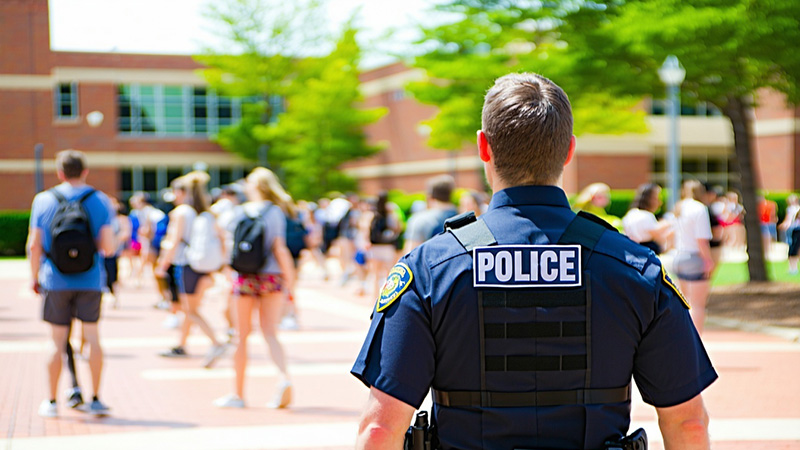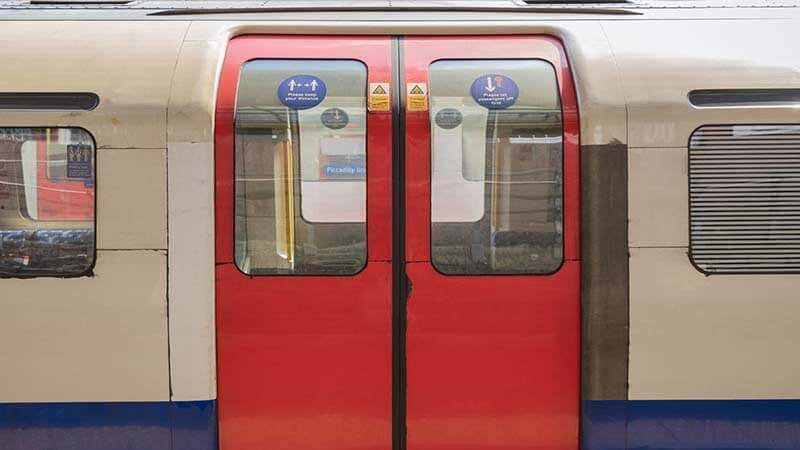In an era where campus safety is paramount, equipping campus security with body cameras offers real-time visibility, improved accountability, and enhanced training capabilities that can make a crucial difference during critical incidents.
Enhancing Real-Time Visibility During Critical Incidents
Active shooter incidents on college campuses are no longer rare, and with the rise in such tragic events, it’s essential to rethink our approach to campus security. One of the most compelling technologies available today is the use of body cameras equipped with WiFi or 4G connectivity. These advanced body cams provide real-time streaming, GPS tracking, two-way communication, and panic alerts. This suite of features grants command staff the ability to see exactly what officers see as events unfold, offering immediate situational awareness.
For instance, during the chaotic first seconds of an active shooter situation, having real-time visibility can make a significant difference. Command staff can direct backup resources more effectively, choose safer entry points, and confirm the shooter's location with greater confidence. Panic alerts integrated into these body cams can trigger automatic recording and instant notifications to dispatch or command, ensuring that critical decisions are made based on facts, not guesswork. This immediate clarity can ultimately save lives, as evidenced by the tragic delays in response during incidents such as the Parkland shooting in 2018.
Boosting Accountability and Transparency
In the aftermath of any campus tragedy, institutions face intense scrutiny. The public, families, and the media demand to know what happened, when it happened, and whether proper safety protocols were followed. Body-worn cameras provide the clear, unambiguous documentation needed to answer these questions accurately.
By capturing every moment of an incident, body cameras enable institutions to respond with transparency and integrity. The footage allows for a detailed review of what was known at each stage, who acted, and how they responded. This level of accountability builds trust within the community, demonstrating that the institution takes the safety and well-being of its students and staff seriously. It also ensures that lessons are learned and applied to improve future responses.
Transforming Training with Real-World Footage
Simulation training is invaluable, but it can never fully replicate the intensity of a real-world scenario. Body camera footage changes the game by providing raw, unfiltered insights into how officers respond during critical incidents. This real-world footage allows safety leaders to assess tactics, decision-making processes, and adherence to protocols in a way that theoretical exercises cannot.
Departments can use this footage to identify blind spots, reinforce best practices, and enhance training programs. For example, the Las Vegas police department has used body cam footage from mass shooting responses to improve their drills and inform policy changes. Higher education institutions can adopt similar practices, using real-world footage to create a more prepared and effective response team.
Proactive Measures for Preventing Campus Violence
Body cameras aren’t just valuable during crises; they can also play a crucial role in preventing campus violence. Routine patrol footage can be reviewed by behavioral assessment teams to detect early signs of distress, aggression, or isolation among students. Officers can flag these early warning signs, adding depth to incident reports and supporting early intervention efforts.
This proactive use of body cameras can help connect observed behaviors with threat assessment teams, potentially preventing violent incidents before they occur. By documenting early interactions and flagging signs of potential violence, campuses can take a more preventative approach, building trust through consistent and vigilant monitoring.
Choosing the Right Body Camera Technology for Campus Security
Not all body cameras are created equal, and choosing the right technology is crucial for maximizing the benefits of this tool. Modern body cameras designed for higher education settings should offer features such as secure real-time streaming, GPS tracking, two-way communication, and panic alerts.
Lightweight and unobtrusive hardware is also essential to ensure that officers can perform their duties without hindrance. Additionally, the storage of evidence-grade footage must be secure and easily accessible for review and training purposes. Institutions should look for body camera providers that offer comprehensive support and integration with existing campus security systems to create a cohesive and effective safety strategy.
 Why Campus Security needs body cameras for safety and visibility.">
Why Campus Security needs body cameras for safety and visibility.">


